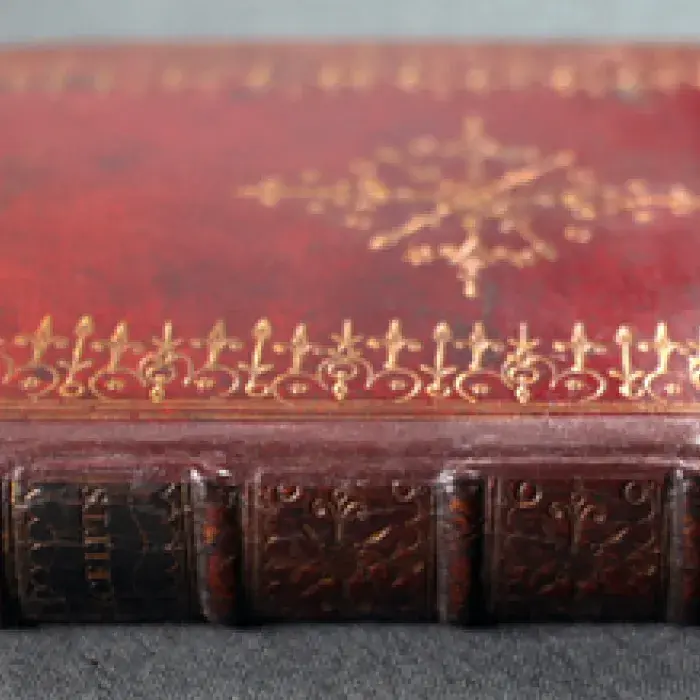Anne Battam – 'mistress of Myon’s coffee house', Great Russell Street, Bloomsbury – published A collection of scarce and valuable receipts in 1750. It's one of the books on display in our current exhibition ‘This bewitching poison’: alcohol and the Royal College of Physicians.
Historically there has been little distinction between the use of alcohol as a beverage and as a medicine. In handwritten and printed recipe books like Anne Battam's collection, instructions for the preparation of remedies sit side by side with those for food. This is apparent from the full title of Battam's book:
A collection of scarce and valuable receipts, never before printed and taken from the manuscripts of divers persons of the most refin’d taste and greatest judgment in the arts of cookery, preserving, &c. to which is added, the author’s own method of pickling, together with directions for making several sorts of wines, mead, sherbet, punch, &c. after the most approved manner, concluding with many excellent prescriptions, of singular efficacy in most distempers incident to the human body.


Battam includes a recipe for 'Dr Lower’s tincture', recommended 'in any disorder of the stomach or bowels':
Take of senna leaves, elecampane roots dry’d, and slic’d liquorice, anniseeds and guiacum, of each two ounces, Malaga raisins wash’d, dry’d and ston’d, one pound; steep these in three quarts of the best brandy for a month, shaking it every day; then pour it off for use.
The dosage is 'a good siz’d wine-glass full', and it is said to be 'very good after hard drinking, or when there is any indigestion'.
Spirits such as the brandy in Dr Lower's tincture are excellent carriers for herbs and other medicinal substances as they act as a solvent and a preservative. The ingredients senna, guiacum and elecampane are flowering plants still used today in modern or herbal medicine.
This pretty little book – bound in fine red calfskin decorated with gold tooling – was used for many years as a household cookery book. At least a dozen clippings of printed recipes have been stuck in using glue and sealing wax at both front and back.
It was only at a late stage of the exhibition research that we realised how scarce this book actually is. There are only two other known copies in the UK: both at the library of the University of Leeds. There was previously a copy at the British Museum Library (the predecessor of the British Library), but this was one of the books destroyed on 23 September 1940, when a bomb hit the east wing of the museum.
Katie Birkwood, rare books and special collections librarian
